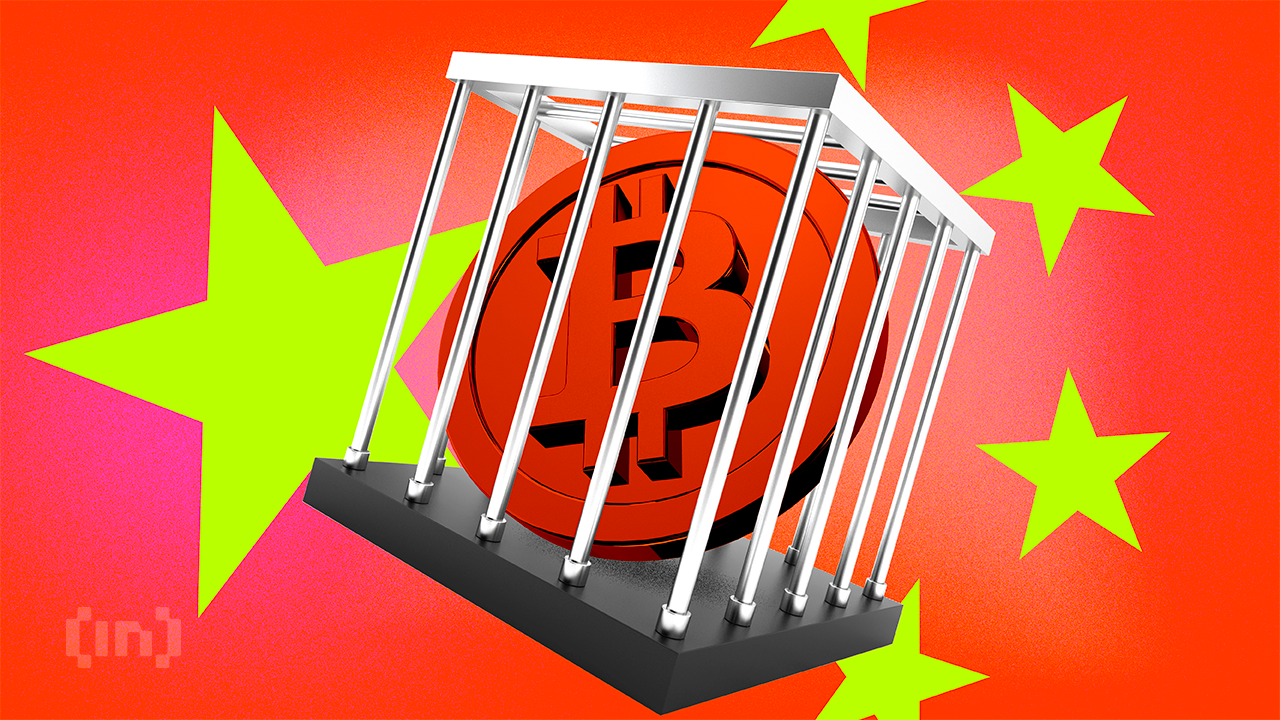As the US dollar weakens, an opportunity arises for the Euro’s role in the crypto economy. The increasing adoption of euro-backed stablecoins reflects European investors’ desire to counteract the foreign exchange drag on their dollar-pegged assets.
Luke Nolan, Senior Research Associate at CoinShares, told BeInCrypto that he expects this trend to continue, though he doesn’t believe that the role of the US dollar will be completely erased from the picture.
A 50-Year Low for the Dollar
In recent months, the US dollar has experienced a significant and rapid decline. Its performance in the first six months of 2025 alone was its worst for the first time since 1973.
According to Morgan Stanley, the US dollar’s value has fallen by approximately 11% against other currencies in the first half of this year, marking its largest decline in over 50 years and ending a 15-year growth period.

Investor confidence in the US economy and its assets has been damaged by unpredictable government policies, particularly around tariffs and trade.
The recently passed “One Big Beautiful Bill Act” has exacerbated these concerns by raising fears about growing budget deficits and the nation’s rising debt.
These policies have led investors to move away from US government bonds. Given the continuation of these policies, Morgan Stanley also projected the dollar would fall by an additional 10% by the end of 2026.
With investor focus shifting away from the notion of US exceptionalism, currencies like the Euro, the dollar’s main competitor, may stand to gain. This trend could be especially pronounced in the crypto sector.
Is the Dollar’s Crypto Dominance Coming to an End in Europe?
The US dollar’s previously undisputed stability and dominance have traditionally served as the foundation of the world’s financial system, and the cryptocurrency market is no exception.
For many European investors, the recent dollar decline has created a perplexing problem. On the surface, a stable Bitcoin price in dollars might seem like a good thing. However, this hides a critical underlying currency dynamic.
“If a European holder… holds bitcoin bought through an exchange, and holds it through a period of time, in which the price remains exactly the same but the dollar has weakened against the Euro, then the holder will lose, in real terms, that difference,” Nolan told BeInCrypto.
This foreign exchange drag demonstrates why European investors are becoming more mindful of currency risk. They are realizing that their returns are not just tied to Bitcoin’s performance but are also directly exposed to the strength or weakness of the US dollar.
“This would be shown in the BTC/EUR denomination, as well as if the holder cashes out, even if in dollars, because once it gets converted back to Euros, they will end up with less Euros than they invested,” Nolan added.
Confronted with this issue, European investors are taking practical steps to insulate their crypto portfolios from the dollar’s volatility.
Counteracting the Foreign Exchange Drag
The long period of dollar strength had previously made buying into dollar-denominated assets appealing, offering what Nolan calls a “double win” for European investors. However, with the current macroeconomic shift, that dynamic has reversed.
As a result, a noticeable pivot toward Euro-denominated trading is underway. This re-evaluation of currency risk is also reflected in market data.
According to research from Kaiko, trading pairs quoted in USD Tether (USDT) on European exchanges have declined in popularity in 2025. In their place, EUR-denominated trading is gaining traction. The market data provider also found that liquidity for ETH/EUR pairs doubled year-on-year, indicating that the trend extends beyond just Bitcoin.

For European investors, this shift isn’t just about a change in strategy, but rather a direct response to macroeconomic forces.
“I would say there is an impact, but it is not massive… Now, with the weakening dollar, if they are purchasing through the use of dollar-denominated stablecoins (or cashing out through them), then the decision becomes a dual one: Do I think bitcoin will rise and outperform the USD/EUR pair?” Nolan said.
By trading and holding crypto in native EUR pairs, they are working to “partially counteract this FX drag,” as Nolan noted, moving toward a more direct and less risky way to participate in the digital asset market.
This shift suggests that the European market is maturing, developing its own methods and infrastructure to match its specific economic conditions.
A New Era for Euro-Denominated Assets
The shift toward Euro-denominated trading has brought a renewed focus on Euro-pegged stablecoins.
While still a minor player in the crypto sector, their recent growth is undeniable. These digital assets offer a way to transact on the blockchain without being exposed to a weakening dollar.
“It is noticeable, but it’s still a small fish in the grand scheme of things. EURC (Circle) has grown 55% YTD to 211m, EURS (Statis) has grown 31% YTD to 146m. The total EUR stablecoin market cap is 585 million dollars. So still very small in the grand scheme of things. ($250 billion total market cap for stablecoins),” Nolan told BeInCrypto.
The practical utility of these stablecoins is especially significant for professional investors and businesses. They provide a way for treasuries to hold funds in crypto assets without incurring foreign exchange risks. This ability to operate directly in Euro terms is a major draw.
“Treasury desks can now sit entirely in EUR terms, which avoids FX risk (at least partially). So I would expect that, should dollar weakness continue, Euro pegged stablecoins might gain more popularity,” Nolan added.
This recent trend also raises a larger question about the long-term role of the dollar in the crypto market.
Will the Dollar’s Dominance in Crypto Erode?
The emerging shift toward the Euro and broader global de-dollarization efforts prompt consideration of whether the crypto market will follow suit.
According to Nolan, the outcome is nuanced and probably not as extreme as the term suggests. While the rise of euro-denominated products is significant, it’s unlikely to impact crypto fundamentally. USD-pegged stablecoins’ sheer scale and dominance continue to reinforce the dollar’s global role.
“I think it’s quite unlikely to impact crypto markets as a whole. Stablecoins in USD are still growing very fast, and they actually support global dollarization due to them being natural buyers of US treasuries,” he explained.
However, this doesn’t mean the trend should be dismissed. While a full-scale de-dollarization is not imminent, Nolan acknowledges that the market’s shift is clear. For instance, the growth of euro-pegged stablecoins provides a concrete metric for this change.
“I think by the end of the year, being above $1 billion in EUR-pegged stablecoins seems quite likely,” Nolan added.
This trend points to a future where the crypto market is more diversified. While the dollar will likely stay in the lead, the Euro and other currencies will become more influential. This will create a more localized and less risky environment for investors and businesses.
The post Weakening Dollar and Surging Euro Stablecoins Could Reshape Crypto Investments appeared first on BeInCrypto.



